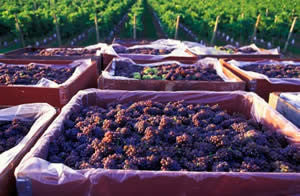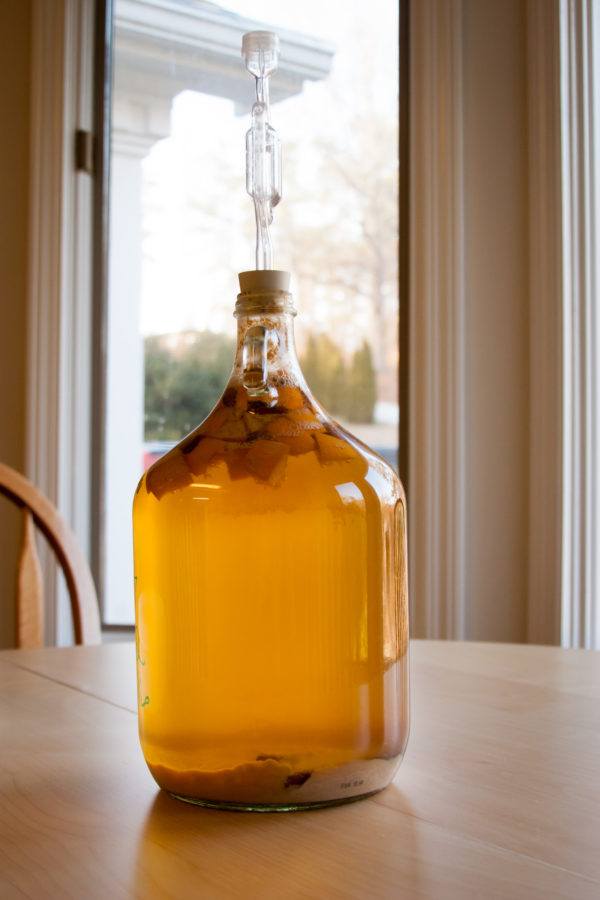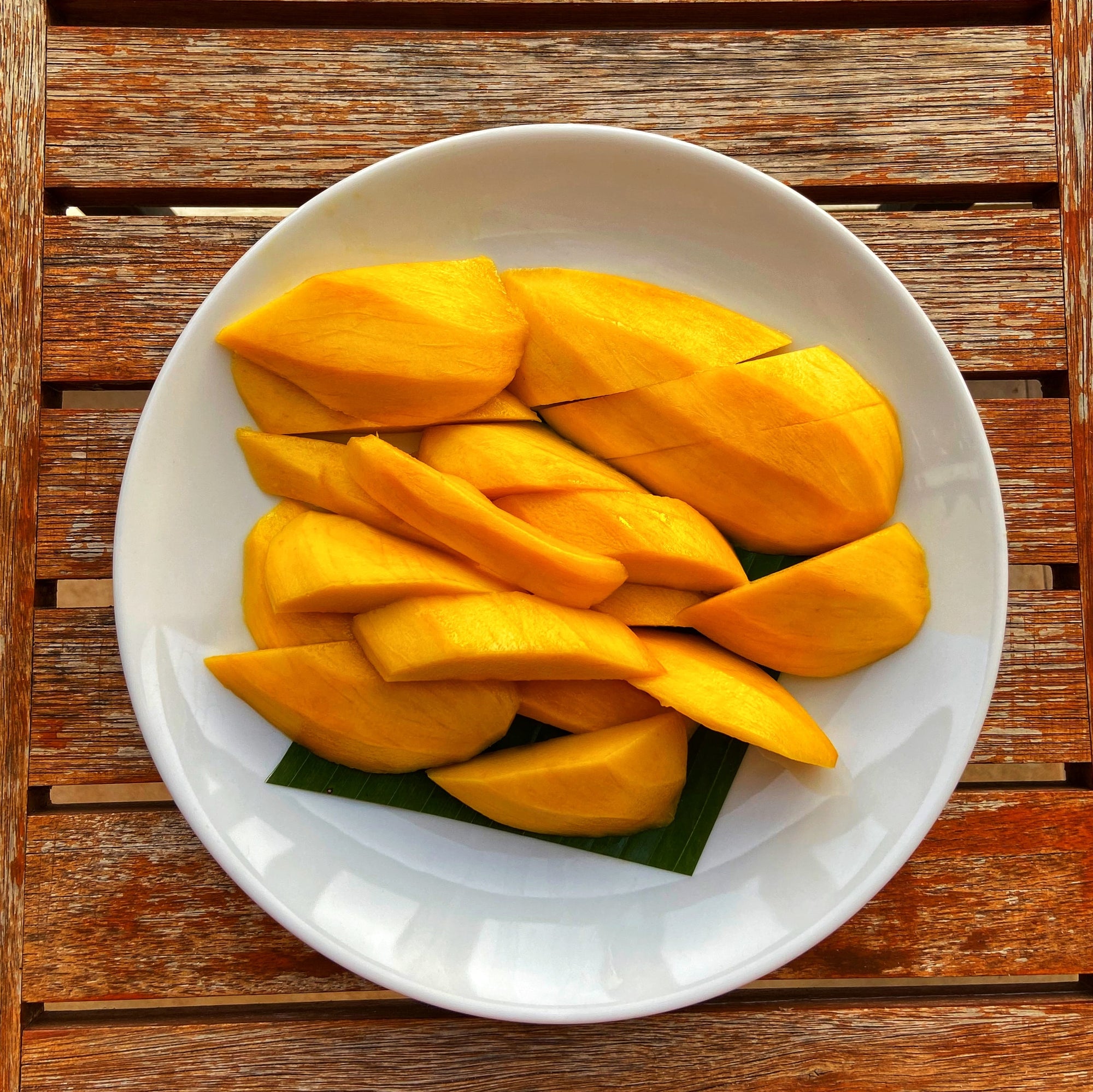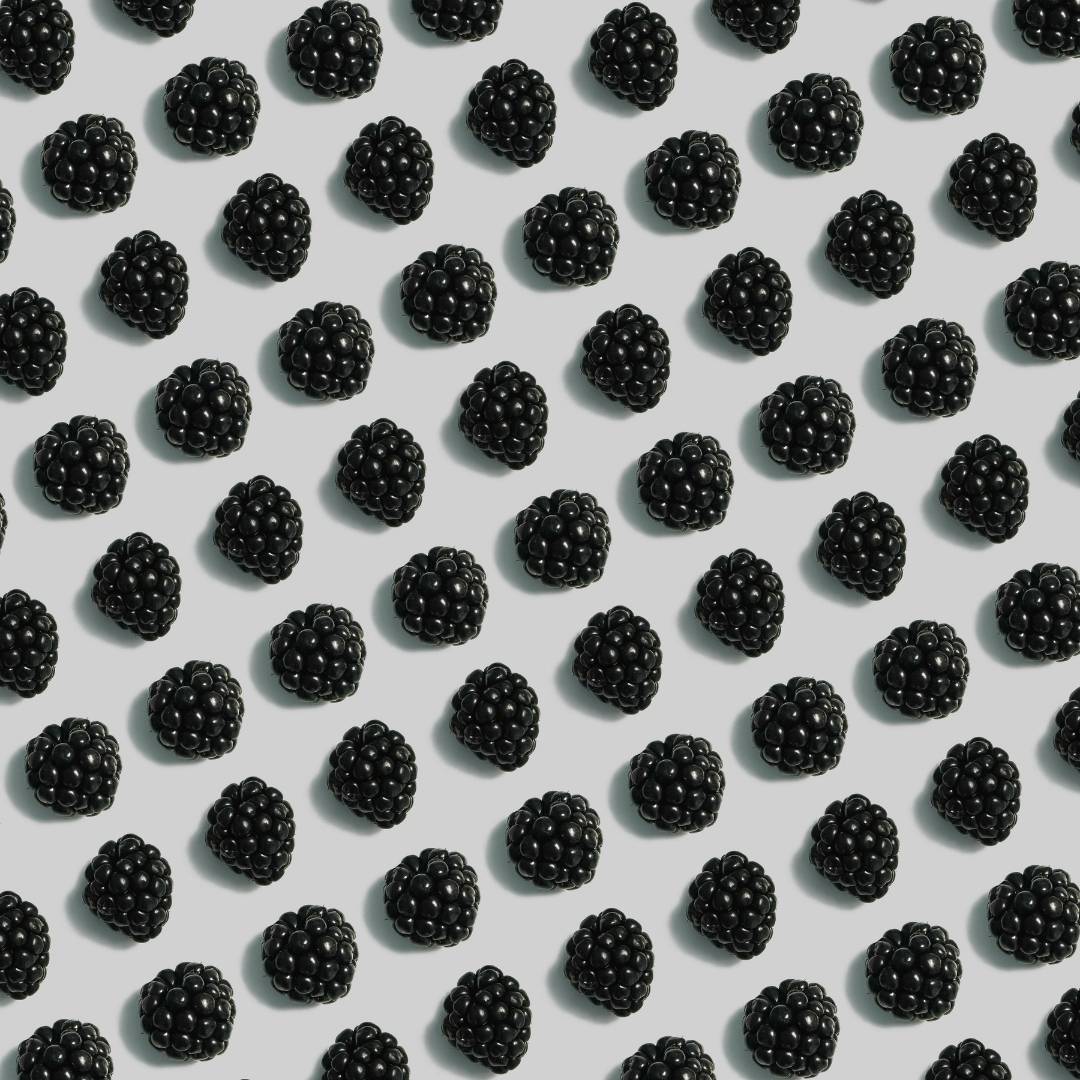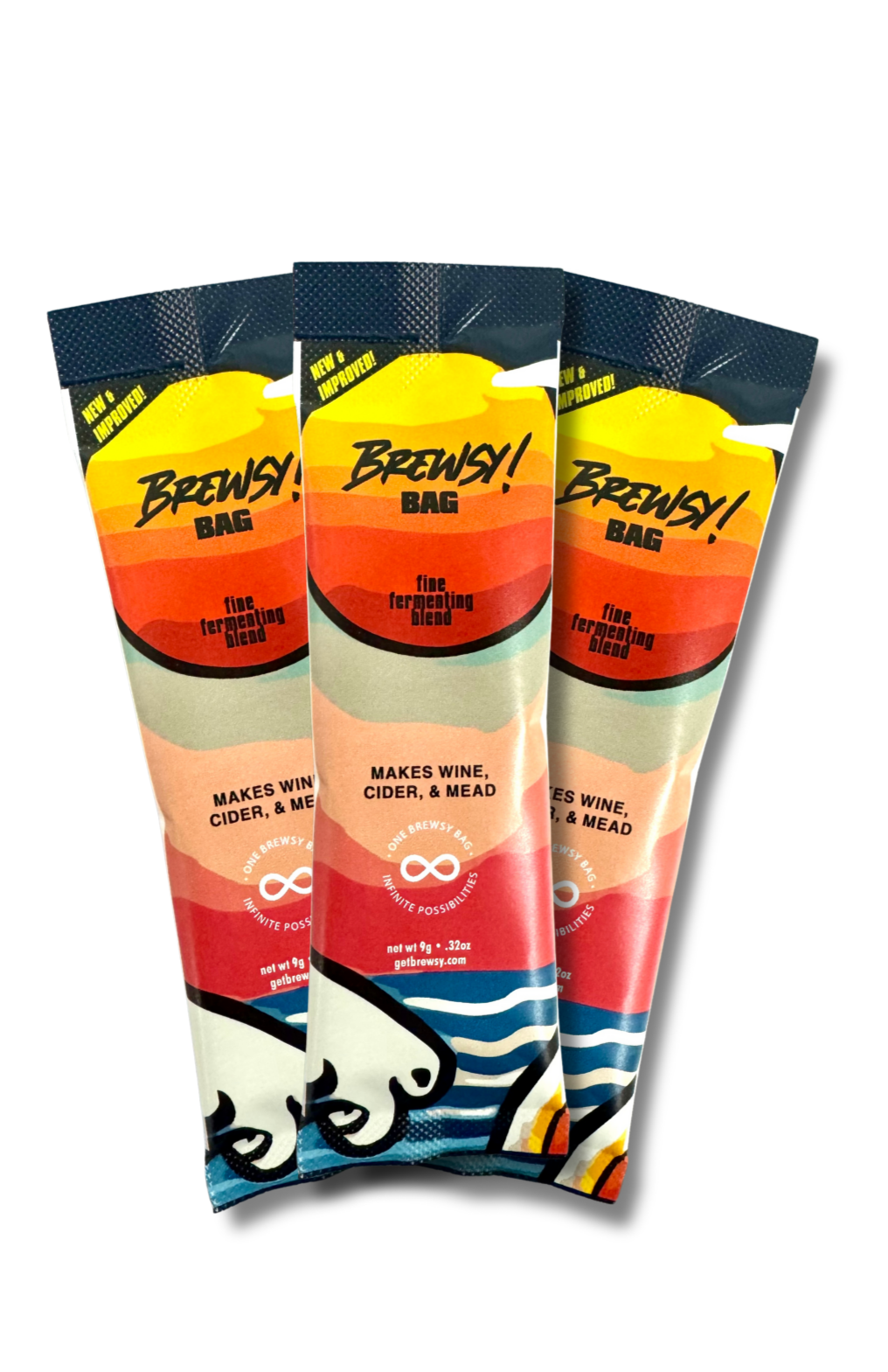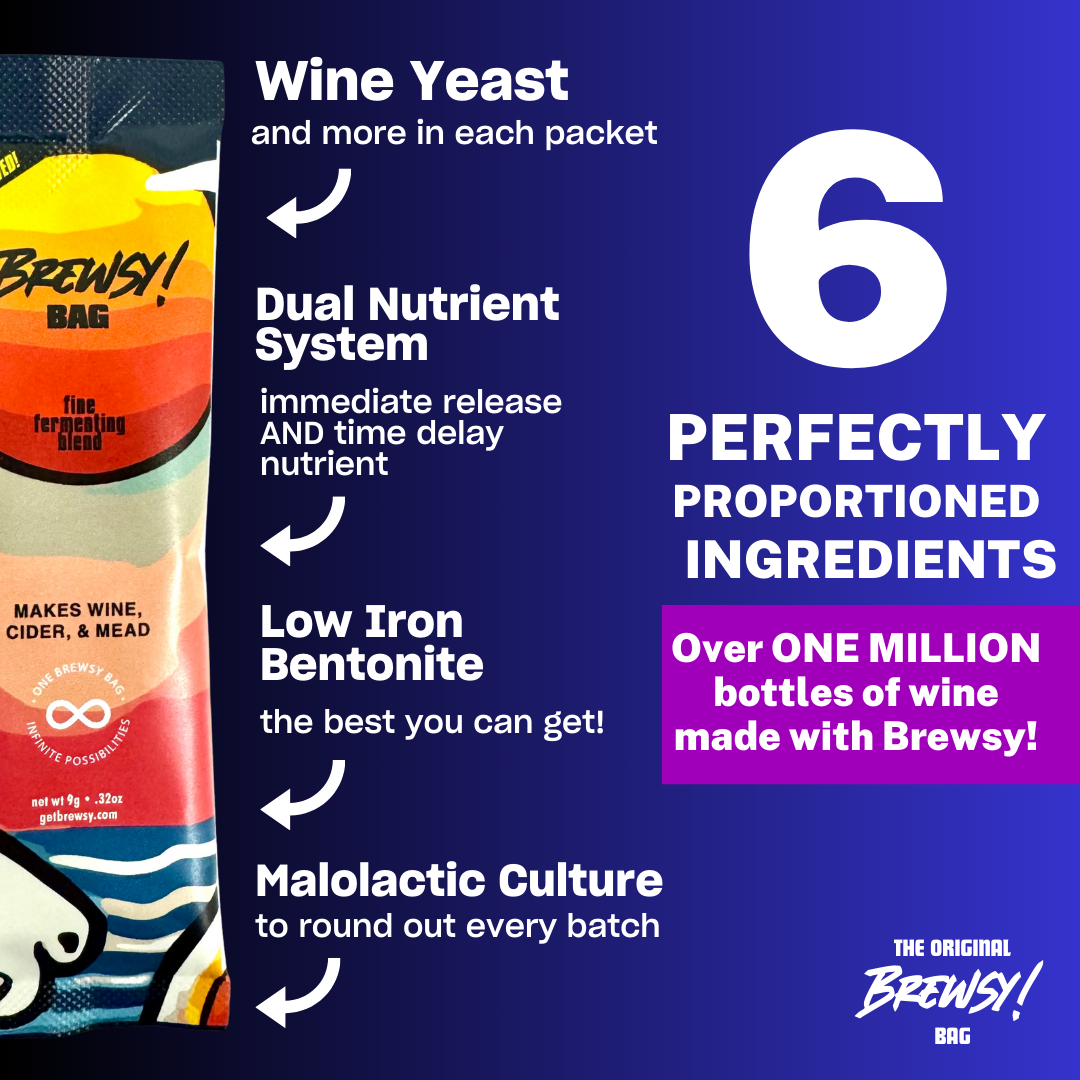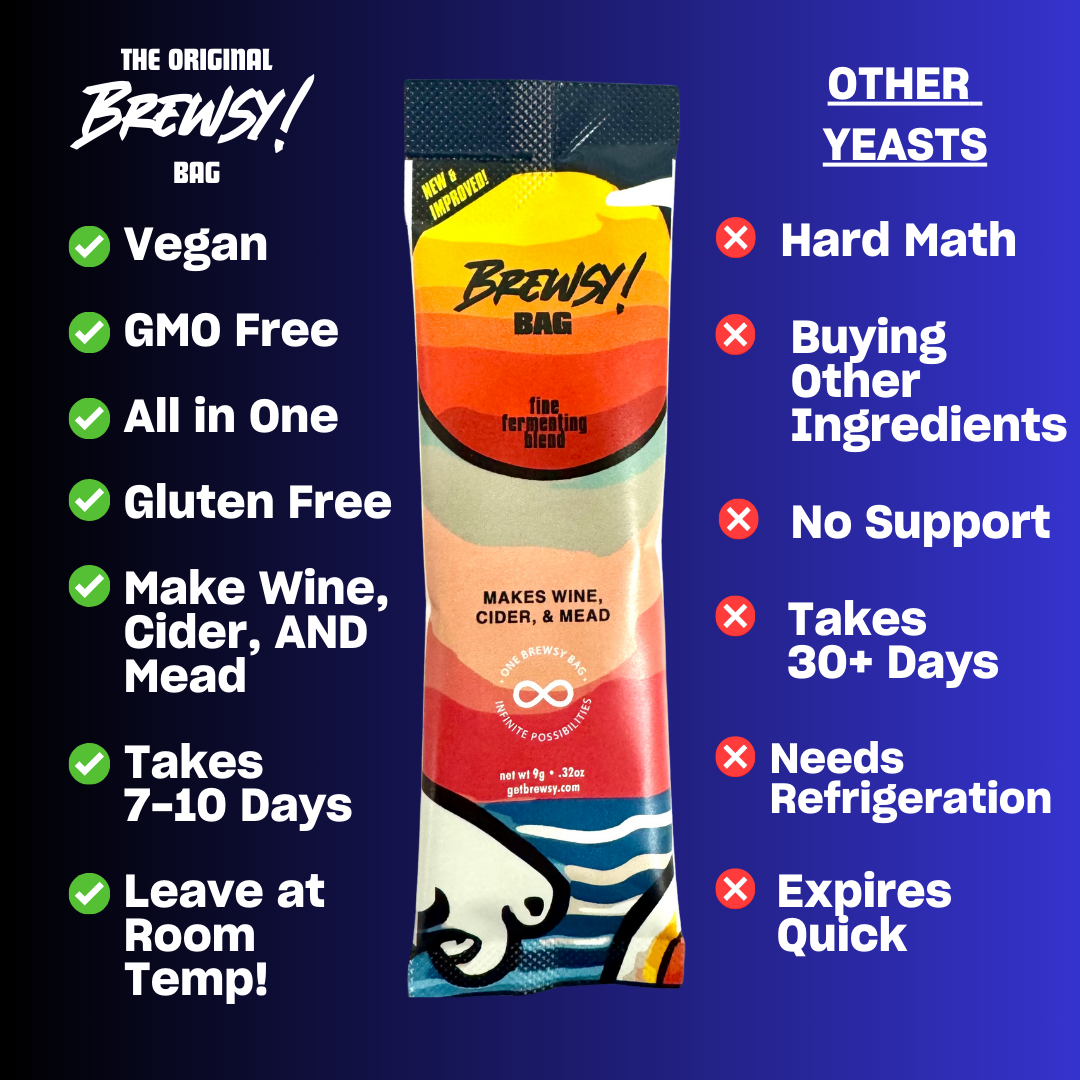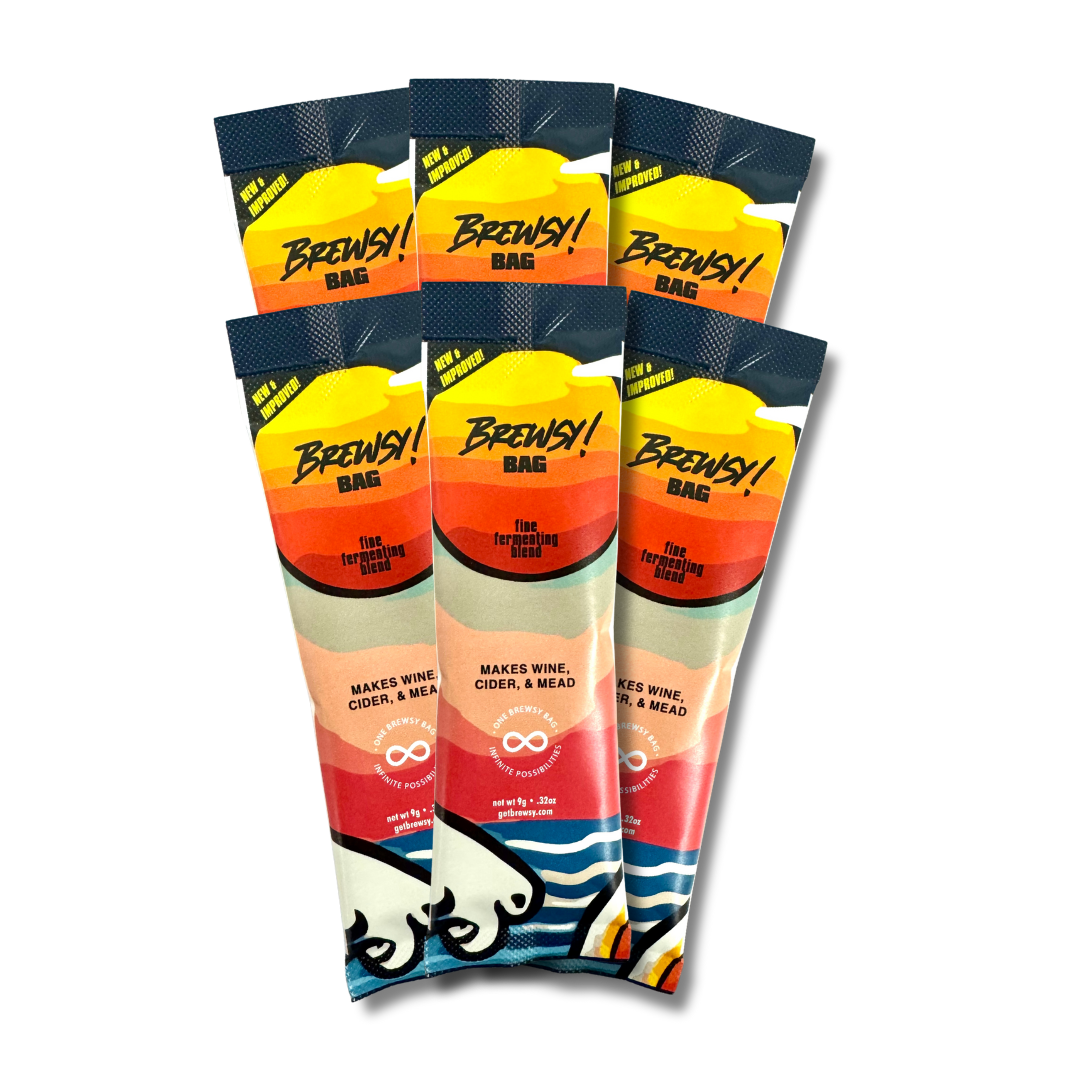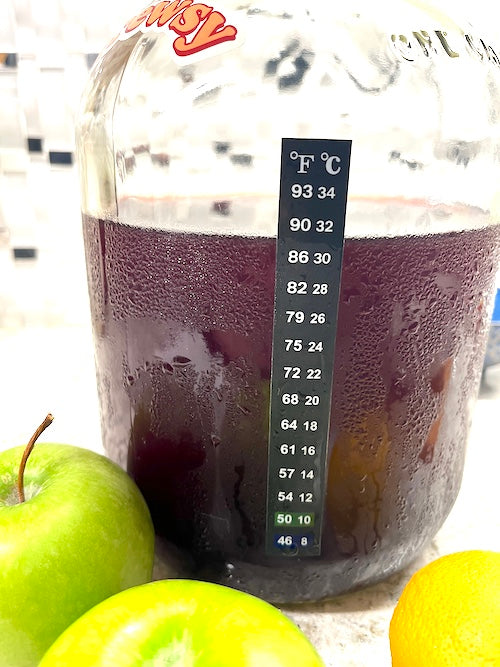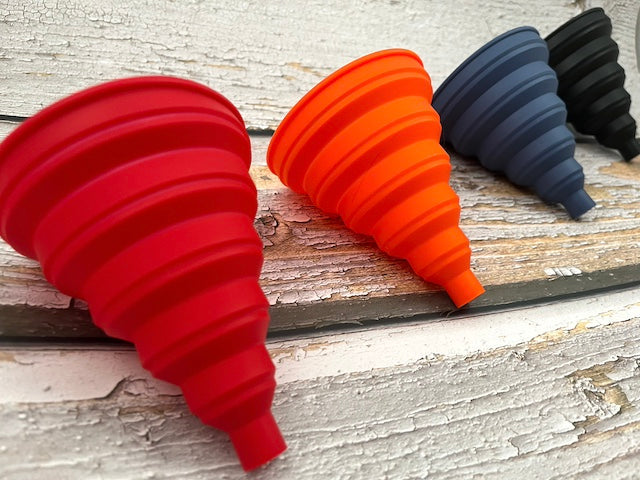
Is Sulfite Free Wine a Reality?
Sulfites in wine have been a staple in the winemaking industry for decades. Dating back to ancient times, winemakers have used sulfites to preserve wine. However, with growing interest in minimal intervention beverages today, some winemakers are moving away from adding sulfites to their wines. But there’s a lot of unresolved debate about the practice of using sulfites in winemaking. Some argue that wine without added sulfites tastes like cider with aromas similar to “mouse droppings,” while others prefer wine without additional sulfites and praise it for helping them to avoid headaches and other side effects of sulfite intolerance.
What are Sulfites?
Sulfites, or sulfur dioxide, are chemical compounds containing the sulfite ion. There are several different types of sulfites, such as sulfur dioxide, potassium metabisulfite, and sodium bisulfite among other agents and several different foods and beverages they are present in. Sulfites can naturally occur in some food and beverages and in the human body. For example, yeast produce a small amount of sulfites during fermentation. That said, the majority of sulfite content in wine comes from a post-fermentation step in which commercial winemakers add sulfites as a preservative. Sulfites are also sometimes added to preserve foods such as dried or frozen fruits and vegetables, lemon juice, muesli, tomato purees, and even french fries.
Unfortunately, though sulfites are naturally produced and commonly added as preservatives, it’s estimated that around one percent of the global population suffers from sulfite intolerance. Symptoms of sulfite intolerance include headaches, congestion, dermatological redness and hives, muscle pain, and nausea. Sulfite intolerance is also reportedly ten times more prevalent in people with asthma.
Sulfites in Wine
It’s an open question when exactly winemakers began adding sulfites to wine. Some sources claim that the Homeric Greeks (between the 8th and 7th centuries BC) were likely the first to use sulfites in winemaking because they had such an abundance of sulfites from surrounding volcanoes. There is also evidence that ancient Romans burned candles made of sulfites into empty wine containers so they could preserve wine that was stored in them. Fumigating the wine containers was even done instead of cleaning because sulfites help to prevent bacterial growth.
Today, sulfites are added by winemakers for antibacterial purposes as well as to preserve the wine’s flavor and color. Sulfur dioxide is also used to prevent oxidation, which is essentially a process that converts wine to vinegar when it is exposed to air. Sulfites prevent this process by binding with the chemicals that cause oxidative reactions, so they are especially beneficial when storing wine long term.
That said, other preserved foods and beverages have a much higher density of sulfites than wine. Added sulfites in wine usually reach around 125ppm, much lower than sulfite levels of 1000ppm for dried fruits.
Though wine can be made without added sulfites, making sulfite free wine is impossible because they are a byproduct of the fermentation process. There will always be at least a small amount of sulfites in each bottle. This residual sulfite content typically remains under 10ppm. If a wine has sulfite levels greater than 10ppm, the winemaker must specify that it “Contains sulfites” on the label. That is why sulfite free wine is defined as wine without added sulfites.
Still, “sulfite free wine” can certainly be made without the addition of sulfites. One style of wine that’s made this way is natural wine. While the definition of natural wine is not strictly defined, natural wine is most often farmed organically and created with minimal intervention during the fermentation process. This means that natural wines are made without preservatives or other additives. For those who want an especially low sulfite content in their wine, organic wine, which has under 10ppm of sulfites, is a great option.
Are Sulfites Bad for You?
Beyond the immediate side effects of sulfites, there is significant debate about the health effects of sulfites. Most notably, many claim that sulfites are the cause of headaches after drinking wine or food that has been preserved with wine. However, a 2008 study in the Journal of Headaches and Pain found that even in those with sulfite sensitivity, sulfites seldom cause headaches. Instead, this study found that headaches after wine consumption are usually the result of dehydration, which most people know as a “hangover.” However, this is not to say that researchers have not found significant effects of sulfites. In another study about how asthmatic people respond to sulfites in wine, approximately 16.67% of subjects experienced a negative reaction to sulfites in wine. These subjects experienced a significant fall in respiratory volume (the amount of gas they can keep in their lungs at a given time) around 5 minutes after being exposed to wine containing 300 ppm of sulfites.
On the other hand, some studies claim that the effects of sulfites, even in people with sulfite-intolerances, have been overstated. In one study, subjects with histories of sulfite intolerance were exposed to wine with a certain combination of sulfites. Of these subjects, those who experienced side effects from this concentration were then exposed to higher concentrations of sulfites in wines the next day, and they did not show an increased sensitivity to the increased concentration of sulfites. This indicates that perhaps, while sulfite intolerance may affect some people, the quantity of sulfite might not matter as much as simply whether or not sulfites are present. In the context of wine, this could imply that adding sulfites might not make a difference for those with sulfite intolerance, as wine without added sulfites still has the naturally occurring sulfites present.
Making Wine Without Sulfites
If you are someone who prioritizes minimal-intervention food and beverages, or if you find yourself especially prone to headaches, making your own wine without added sulfites might be the answer for you. When making wine without additional sulfites, it is crucial to keep all tools as sanitary as possible and ensure that nothing falls into the wine or otherwise contaminates it during the racking process. Further, make sure that you remove all of the sediment so that the yeast does not contaminate your brew, as wine without sulfites is more susceptible to contamination. Also, you should brew your wine in small quantities so that you have space to refrigerate as without the preservative effects of sulfites, refrigeration is needed to preserve wine long term. To simplify the process of making your own wine, there are many commercial kits that allow you to brew your own wine.
Conclusion
While the debate remains contentious over whether sulfites should be added to wine, most commercial wineries stick with the status quo and continue to use them. However, it’s possible to make wine without added sulfites, especially when homebrewing in small quantities. If you are someone who prioritizes consuming minimal-intervention food and beverages or if you find yourself especially prone to headaches, making your own wine without added sulfites might be the best way to continue to enjoy wine.



